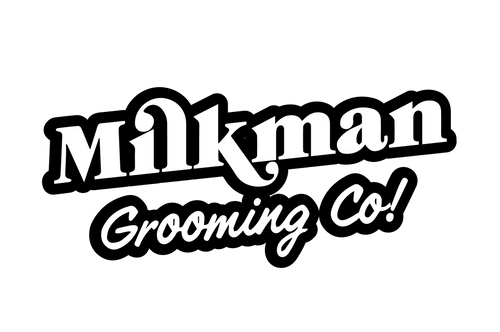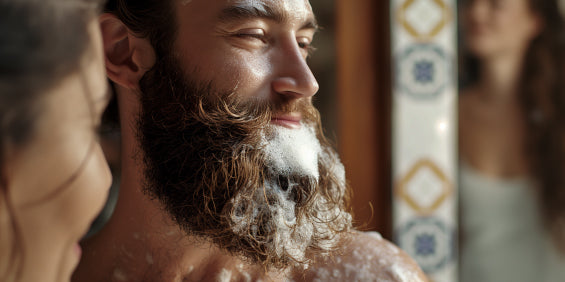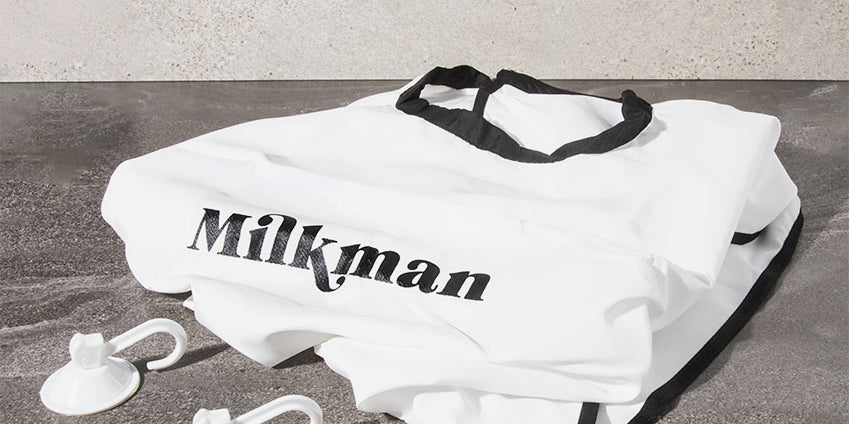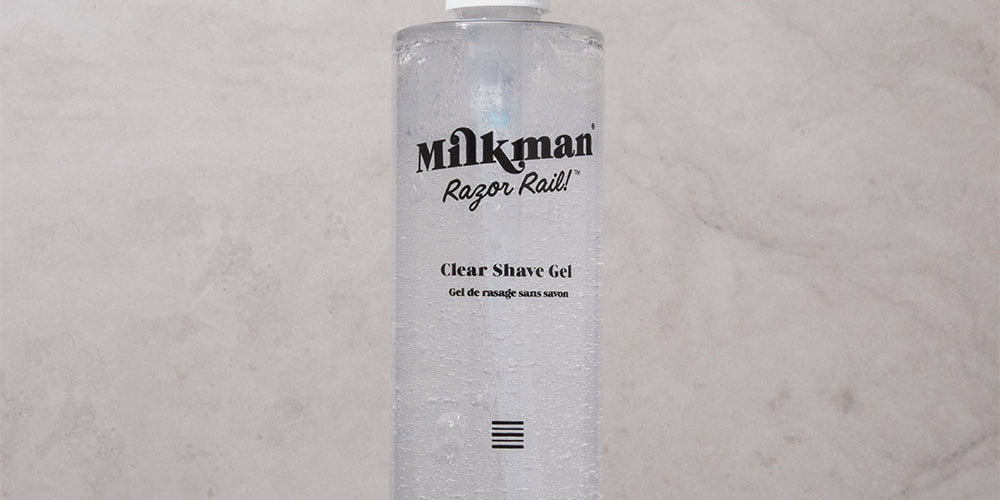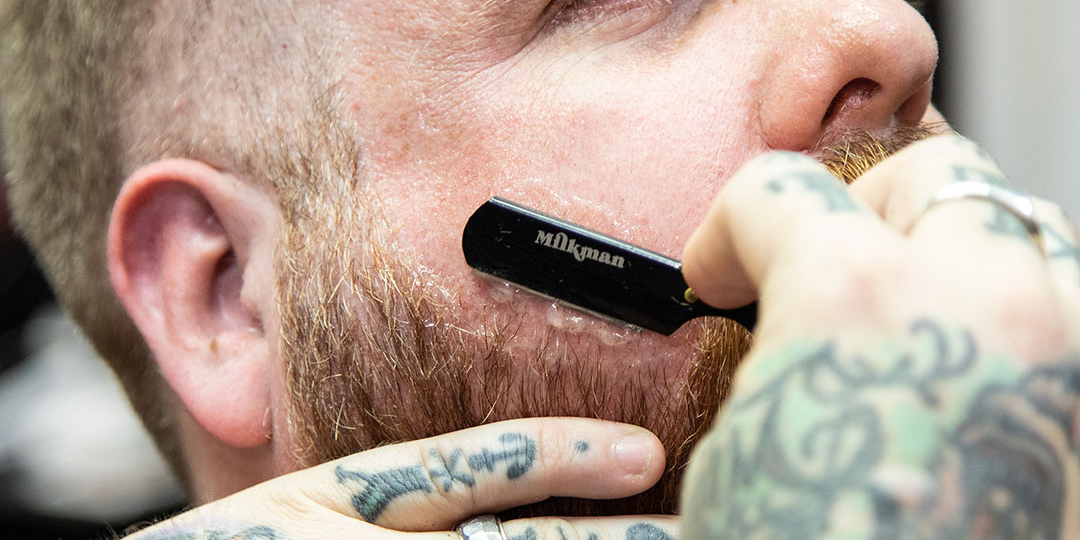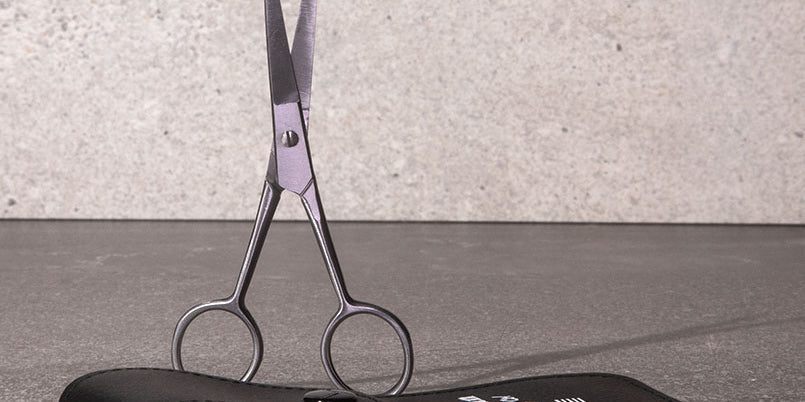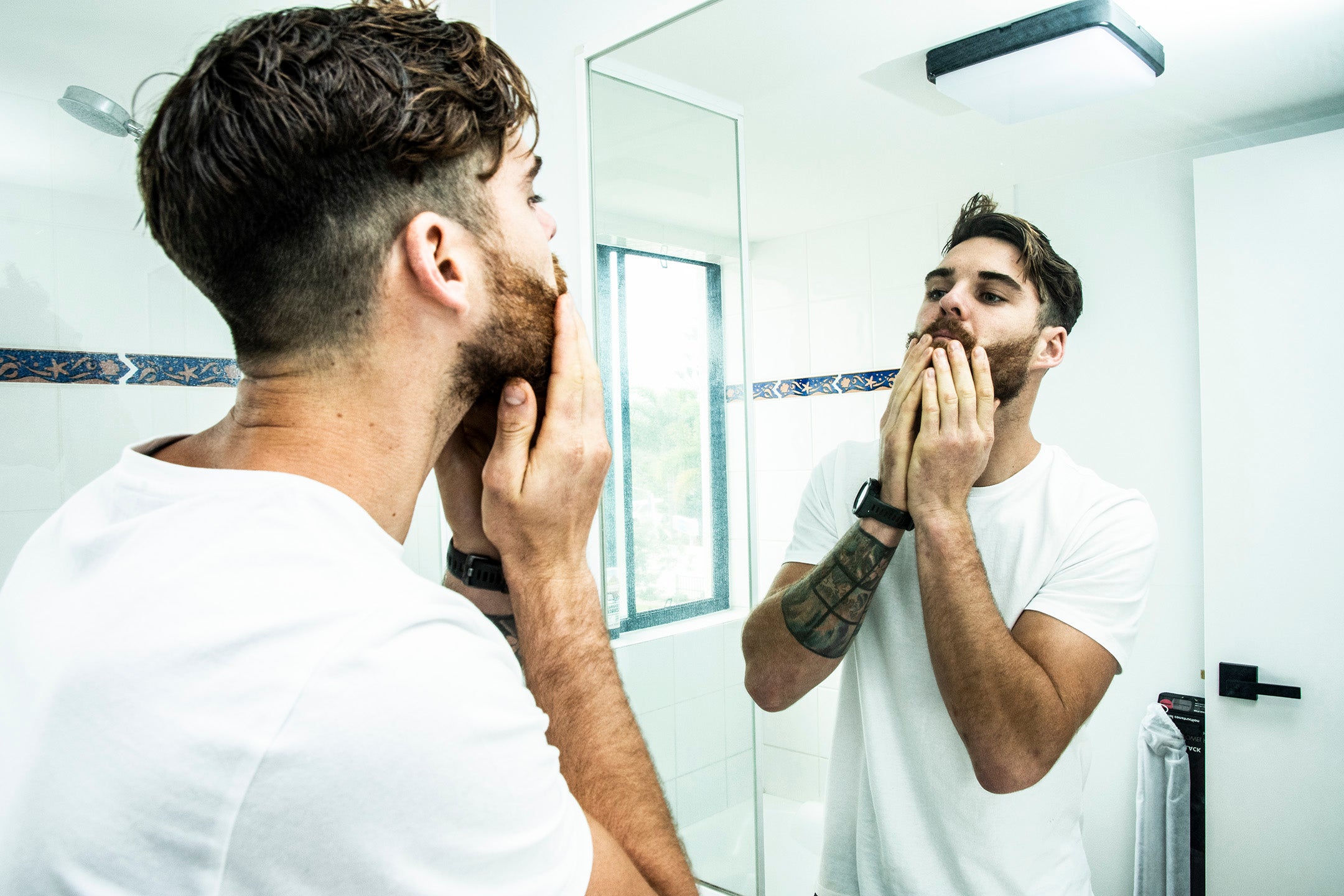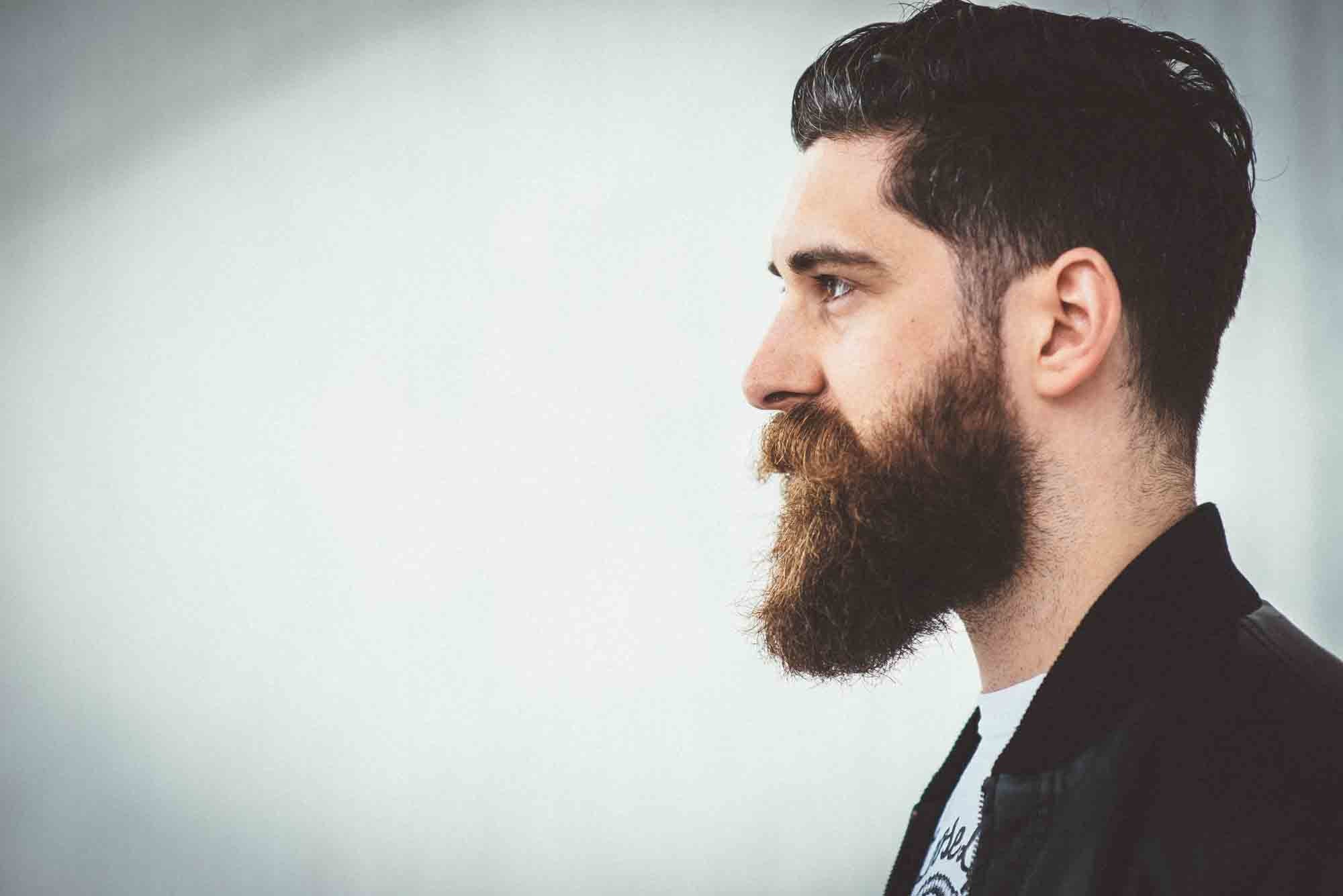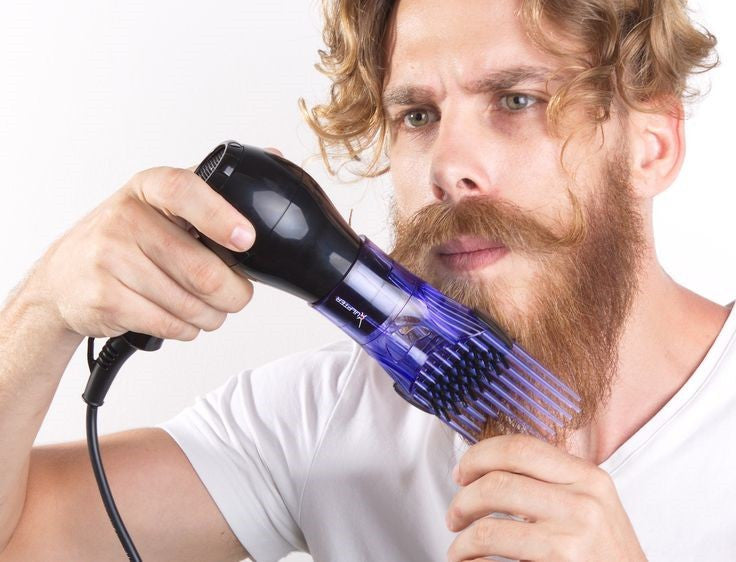Finally, you have come to your senses and thought you might try and grow out your facial hair, just like nature intended. But you’re not sure what your approach to growing a beard should be, and you’re not confident that your family, friends or the general public will accept you with a beard. You might already think that it will be patchy, scruffy and scattered even before you grow it. Don’t worry though, because we are here to guide you through the very long, sometimes grueling, and glorious process of bearding up.
First thing's first, a vital component to growing your beard is mindset. Forget about actually thinking that you are trying to ‘grow a beard’ in the first couple of weeks. Just like coming back from a long holiday, the first couple of weeks are the hardest. If your mindset is that you are going to grow a spectacular beard and then you see weak results off the bat, you will be discouraged. Instead, think that you have innocently forgotten to shave for 14 days, and keep reminding everyone else that as well. If you think people won’t accept you with a beard, you are wrong. It’s quite the opposite and people will respect you for growing a beard as it takes confidence and patience.
For many guys, after a week or two (or three), you’re beard will probably look like this:
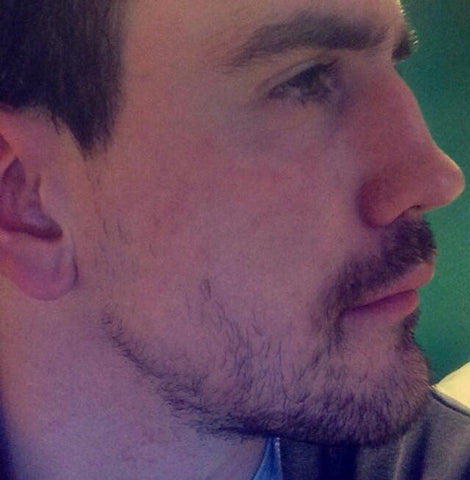
The foundations are there and your beard is starting to take shape. You will notice that hair on different areas on the face grow at different rates. Your moustache probably hasn’t connected with your cheek yet, or your sideburns are struggling behind your goatee. This is completely normal. Don’t be disappointed and look to your poster of Grizzly Adams and think “Why isn’t my beard like that?!” It probably took years for Grizzly to grow that luscious beard.
There is science behind why your beard is growing at different rates. Testosterone is the fundamental reason why men grow beard hair. Hair follicles in our face are sensitive to testosterone, and are activated by this hormone when they grow. Different parts of our face have different sensitivities to it, for example the upper lip and chin are far more sensitive than the rest of the face. Therefore, the moustache will grow initially because it has responded to testosterone first, followed by the chin, cheeks and neck, usually in no particular order (according to a study by Randall, 1994).
It is hard to tell when the whole face will be activated, but many reports suggest it should be by weeks 13-16 of growth! But for some, it can take much, much longer. So in the meantime, there are things you can do stimulate your testosterone to help grow a beard. One is exercise, which increases testosterone production to enable an increase in lean muscle growth and bone density. Also, reducing stress will improve testosterone activity. When you are stressed, the body produces cortisol which blocks testosterone (Mehta & Josephs, 2010). So chill out and your beard will grow out.
Don’t be tempted to shave during these early couple of weeks. It is a complete myth that shaving hair will make it grow faster and denser. Do not listen to this old wive’s tale – it is exactly that; a tale that keeps husbands clean shaven. Shaving now will only set you back to day one.
So a couple of more weeks will pass, and hairs will be getting longer than others. They will start curling around and also sprout on the lower neck and upper cheek. At this stage, you might be thinking your beard looks untidy and unprofessional. It might be time to start grooming. But you won't need to do anything too dramatic yet.

If you have a beard similar to the photo above, what I would do is imagine a line from bottom lip to just above the ear lobe. Then, shave those few stray whiskers above that line. There won’t be many hairs there, and in doing so, it won’t set your growth back at all. Instead, this will make the beard seem less shabby and make it appear that it is growing in a concentrated area on your face. Do the same with the hairs on the lower neck line.
Furthermore, if you have some random long hairs that have a mind of their own, take some scissors and trim them back slightly to even them out with the rest of the beard. Finally, consider getting yourself a medium stiffness boar bristle hair brush, to even out the hairs. A brush like this, with soft, dense bristles and small in size is perfect in taming the criss-cross hair action without hurting the skin. I personally use it on my short beard. Along with beard oil, it can also help with beard itch, which afflicts many a young beard as the short wiry follicles rub against your face.
Keep doing what you’re doing and at about week 5-7, it might be time to step up the maintenance. Scissors might just not be cutting it anymore and a beard trimmer is going to be your next purchase (Christmas has come early!).
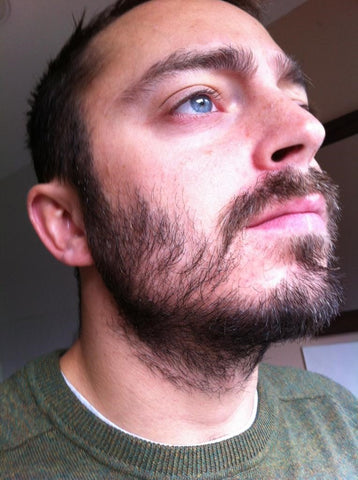
Be sure to get trimmers with number settings (obviously). You’re beard might be at number 4 or 5 length by this stage. That means you want to set the clippers at roughly the same or just shorter of the length of your beard (if you want to grow it out further). The purpose of trimming your beard now is just trim down the longer, wiry hairs, especially around the jaw line and neck. By doing this, the beard will look much more uniform and clean. It is probably best to carve a neckline just above the Adam’s apple as well.
There are plenty of tutorials online on how to trim your beard, like this previous blog.
Just a quick heads up – hair will go everywhere, including on yourself. Also, try and catch the hairs before they go down the drain, maybe with some toilet paper or a beard bib. I’ve blocked the bathroom sink a few times and it’s not fun.
From time to time, your beard may feel very itchy and dry. Hair is kept moisturised via the oil produced by the skin. Unfortunately the face does not generally produce as much oil as the head so it's easy for the beard to become dry, brittle & itchy. Beard oil is the ideal product to deal with this issue. A good beard oil will smell great, leaving your beard smelling awesome too. Also, it should have botanical oils (like coconut oil) that soak into the hairs to strengthen them, while also containing oils (like argan & jojoba) that moisturise the skin. When you apply beard oil, comb it through your beard for best results.
At week 8-10, your beard hair may still have some spaces between them and it isn’t really that dense. Again, this is normal, especially if you're still under 30 years of age. The study by Randall (1994) states that the “maximal amount of beard growth is not produced until mid-thirties.” So stay positive, keep trucking along, and keep maintaining it nicely.
Keep going until week 13 and soon enough you will feel like your beard has been a part of you forever. If you are still disappointed in what you’ve produced by week 13 and you can’t relate to any forums or blogs, don’t be afraid to ask your barber on specific tips designed to improve your unique beard. For example they may suggest cleaning up the cheeks and focusing on your goatee. However, you should still be patient as some men take from 9 months to a year to grow a decent beard.
With time and maintenance, you will soon be rocking a nice beard. Another heads up – if your beard is new to people, it will be a while before they stop complimenting you on how impressive it is. Let the compliments flow because we know how long and hard you’ve worked to get to this point!
Once your beard is complete, travel to a good barber for an occasional trim as it get very difficult to do it yourself when the hair is longer than 10cm.
A quick shout-out to http://jefffsbeardboard.yuku.com/ and the members of the forum where these pictures came from. This is a great forum to share beard discussions and advice!
Author: John Porreca
Editor: Ben De Campo
References: Randall VA, 1994. Androgens and human hair growth. Clinical Endocrinology. 40: 439-457.

